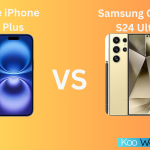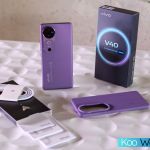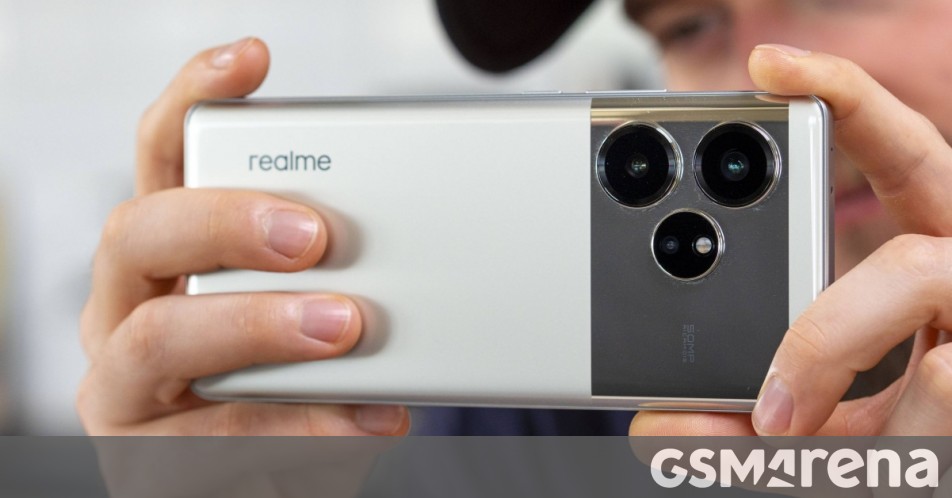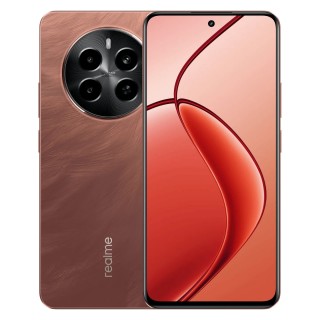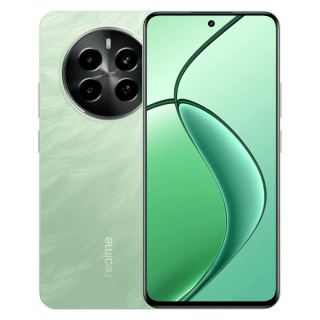In 2024 Realme launched a staggering 45 devices. Some are available only in China, and others are strictly international. Here are what we believe are the best and worst of the brand’s smartphone products.
Winner: Realme GT 7 Pro
The Realme GT 7 Pro came in the final months to save what was shaping up to be a mediocre year for the Chinese brand. It is a true flagship – the latest chipset, all-around capable cameras and a mighty battery. It also has one extremely bright screen, something we were honestly surprised to see.
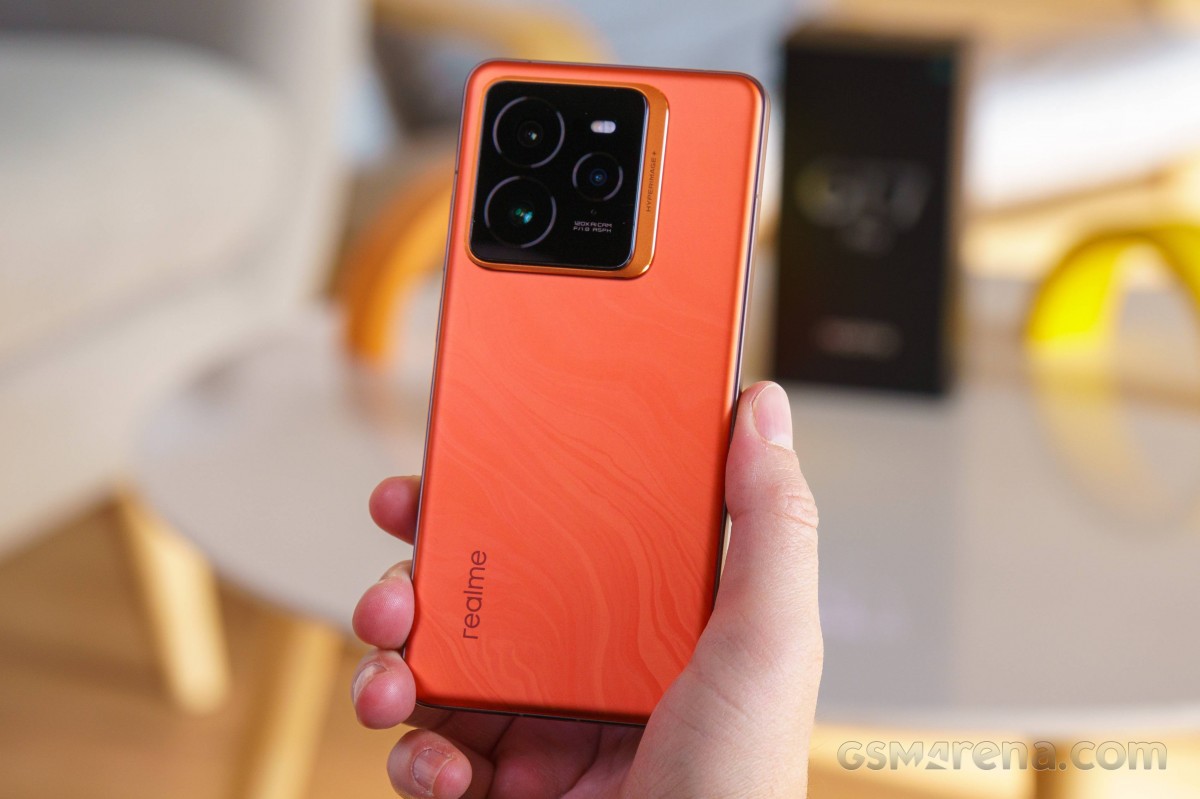
The phone has pretty much everything you might want from a top-tier device – IP69 rating, Android 15 with Realme UI on top, which is one of the better overlays on the market, and perks like 360-degree NFC.
Realme GT 7 Pro
Sure, the phone sells with a less impressive battery in one of Realme’s key markets, but that is hardly an issue because the smaller 5,800 mAh capacity is still pretty impressive, especially when coupled with 120W wired charging.
Loser: Realme GT 6 series
The GT series is usually the flagship lineup for Realme, but the GT 6 family didn’t particularly impress. The GT 6T (launched in China as Neo6 SE) came with a Snapdragon 7 series chipset, and the GT 6 went with the Snapdragon 8 series, but it was the 8s Gen 3 – still not a flagship.
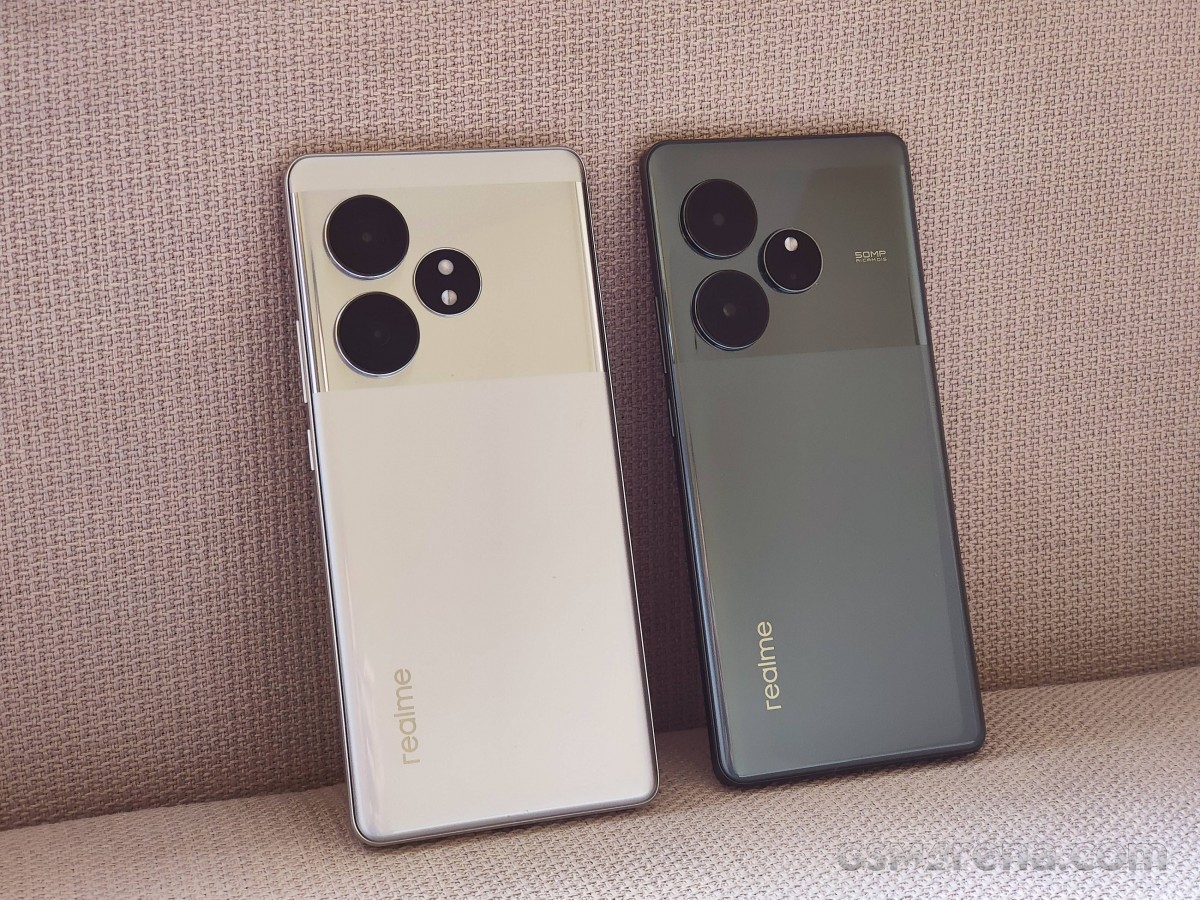
Realme GT6 & Realme GT 6T
And then we had the actual Realme GT6 with a fully fledged Snapdragon 8 Gen 3, only to have below-par cameras, but even worse, China-only availability. One thing we loved about the GT 6 was charging, but that was about it. Thank goodness the GT 7 followed quickly to the day (and the year).
Realme GT 6T
Winner: Realme 13 Pro+
We were initially skeptical when Realme announced this phone in Bangkok because it didn’t bring many updates over the predecessor. The same screen, chipset, and some cameras weren’t changed.
Once we handled the device, we realized the 13 Pro+ is actually a pretty neat upgrade. Realme improved endurance, charging, and screen brightness, making the phone a pretty decent option.
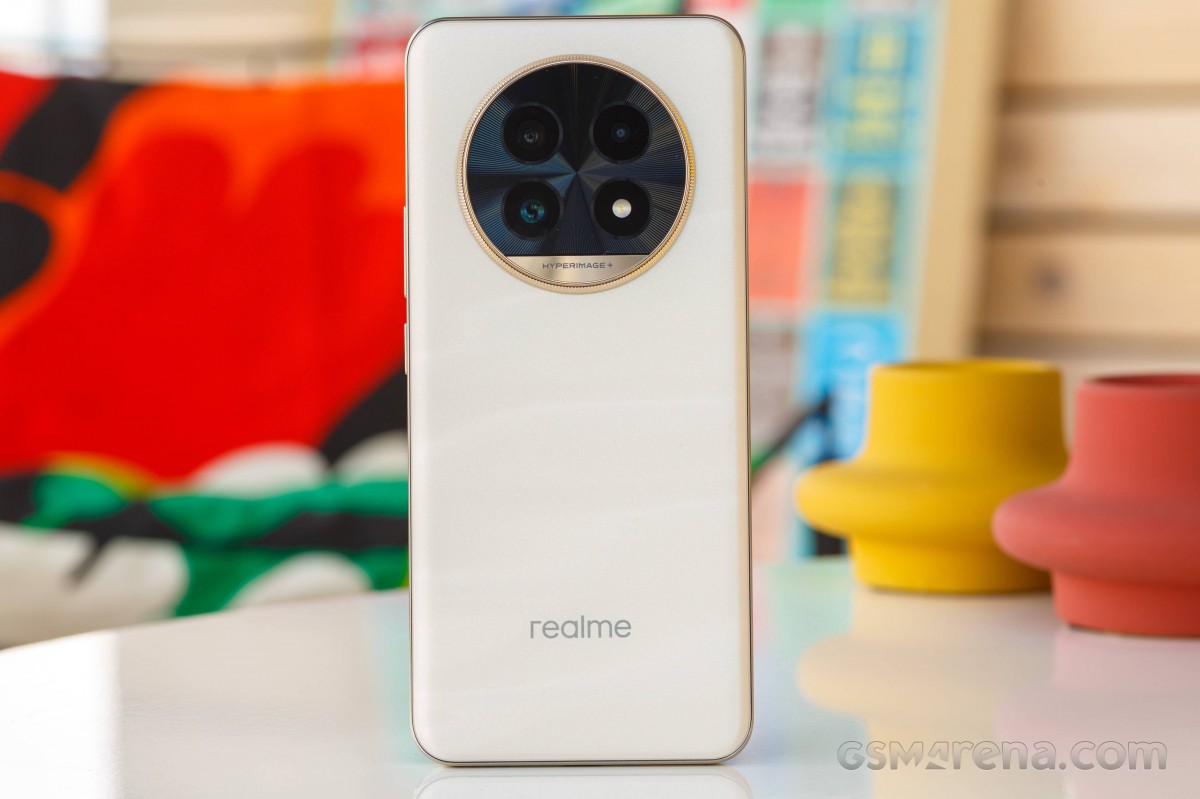
Realme 13 Pro+ also arrived with some AI features out of the box, making it the first midranger of the company to do so. Of course, most of them were about photo editing as the Snapdragon 7s Gen 2 chip is not powerful enough for actual generative AI. Still, the telephoto lens really sets the discussion in favor of this phone.
Loser: Realme 12 Pro+
Now that we mentioned the 13 Pro+ as a winner, we must think – is the Realme 12 Pro+ worth it? The newer option came with so many improvements it was easy for users to quickly forget the 12 series.
We have to point out what is one of Realme’s biggest marketing flops, even if the company might have planned it to be intentionally controversial. We are talking about the luxury watch design, which was rumored to be in partnership with Rolex, but it ended up a product made by “an international luxury watch designer from Switzerland.”
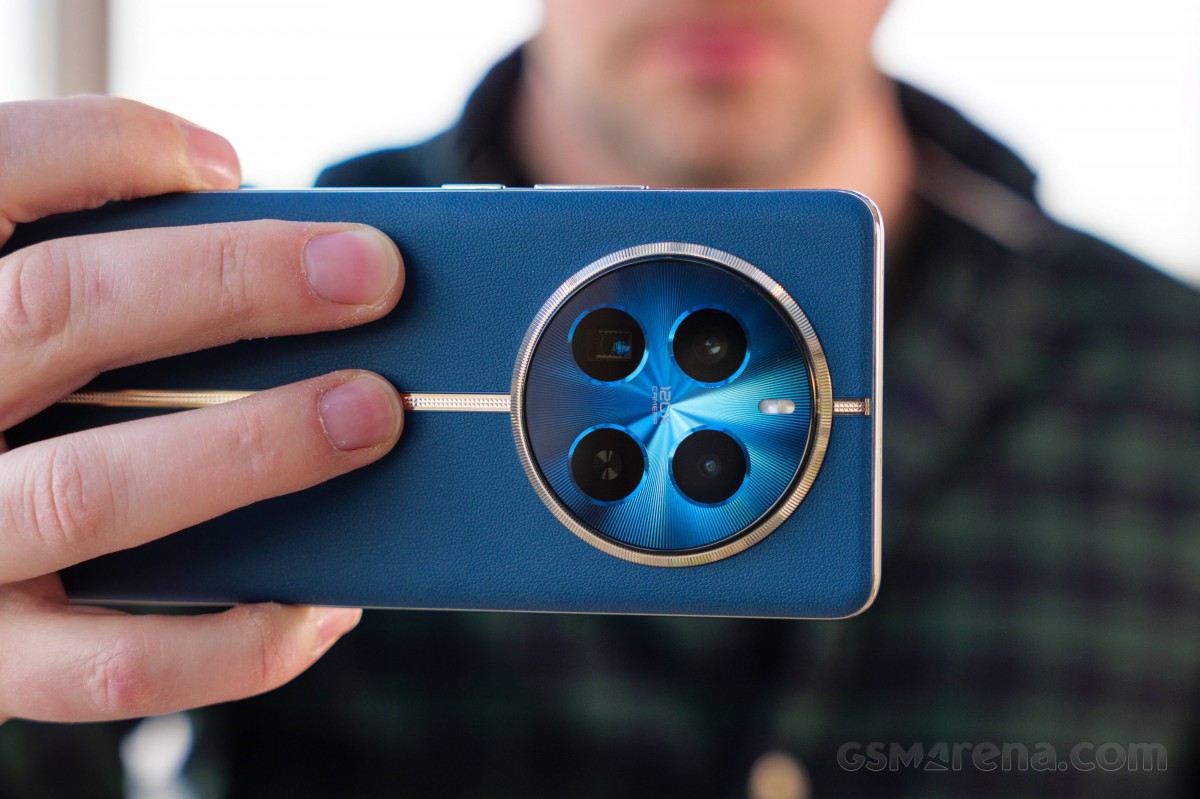
The smartphone brand even borrowed trademarked Rolex names like Submarine, Navigator, and Explorer for the color options, all of which are iconic designs for the Swiss company.
Maybe Realme went with a more controversial PR campaign to boost its popularity.There’s no such thing as bad publicity, right?
Winner: Realme Note 50
The Realme Note 50 was launched so long ago that even some hardcore fans might have forgotten it. We picked this phone for a winner because it was the first of the new Note lineup – a series aimed at the ultra-affordable price segment without compromising on materials or quality control.
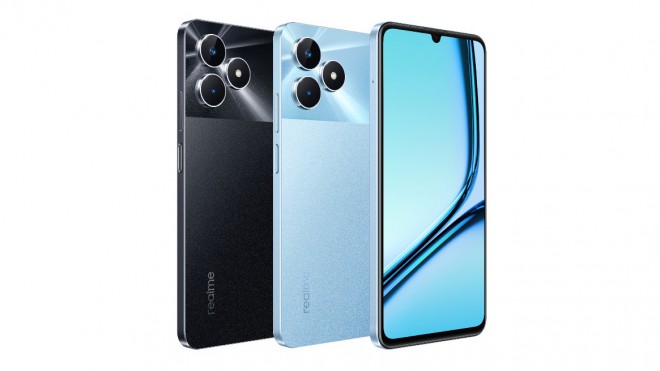
Realme Note 50 in Midnight Black and Sky Blue
The phone launched as Realme C51 in India because company execs do not believe the Note needs to be in this particular Asian market. It managed to expand to other regions, essentially introducing Realme and its ecosystem to a whole new set of customers who rarely can afford a smartphone over $100.
Loser: Realme P1
The P1, along with the P1 Pro, was meant to be about raw power and performance (hence the P) precisely in India, but the market is already overcrowded with similarly affordable midrangers.
The P family later expanded with a P1 Speed and P2 Pro, and this would have been great if there wasn’t already an affordable series in the face of Narzo phones. Maybe it was another genius strategy by Realme – invest heavily in flooding the market with phones in virtually all price categories and worry about income and revenue later.
